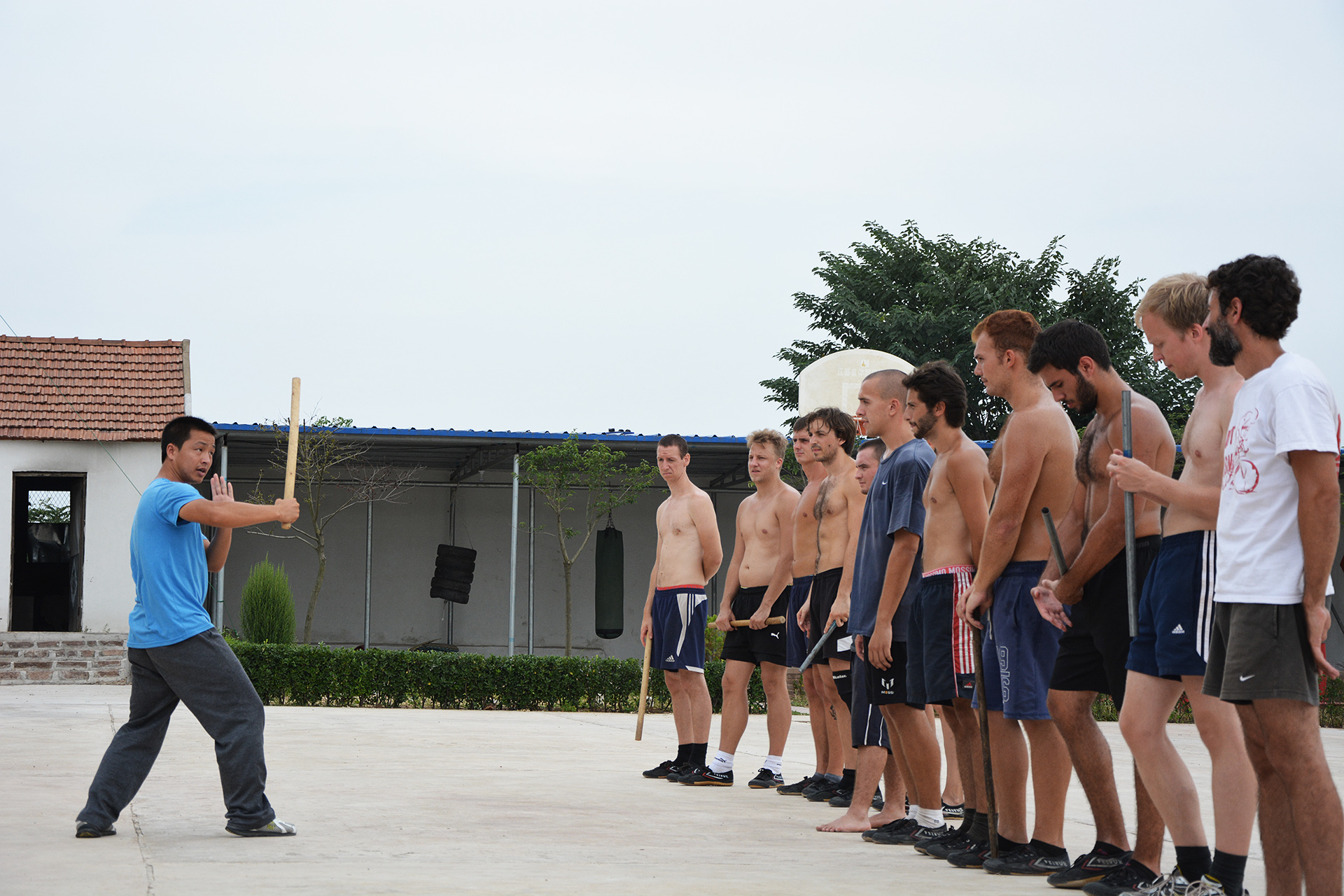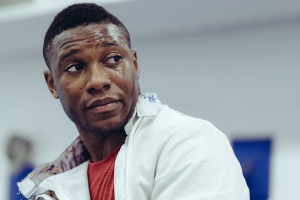[artifact_post_details el_class=”medium”]
Shaolin Kung Fu is one of the most famous and influential Martial Arts disciplines around the world and is a key part of the traditional Martial Arts taught today in China.
Shaolin Kung Fu has a very long history and includes a vast amount of disciplines and styles. It is based on a huge technological system that has a total of 708 sets of Shaolin Kung Fu techniques including 552 boxing applications and 156 various other types, including such things as grappling, fighting, acupuncture techniques and Qi Gong. These are put into different categories and degrees of difficulty that are organically integrated into the huge and technological Shaolin Kung Fu system.











